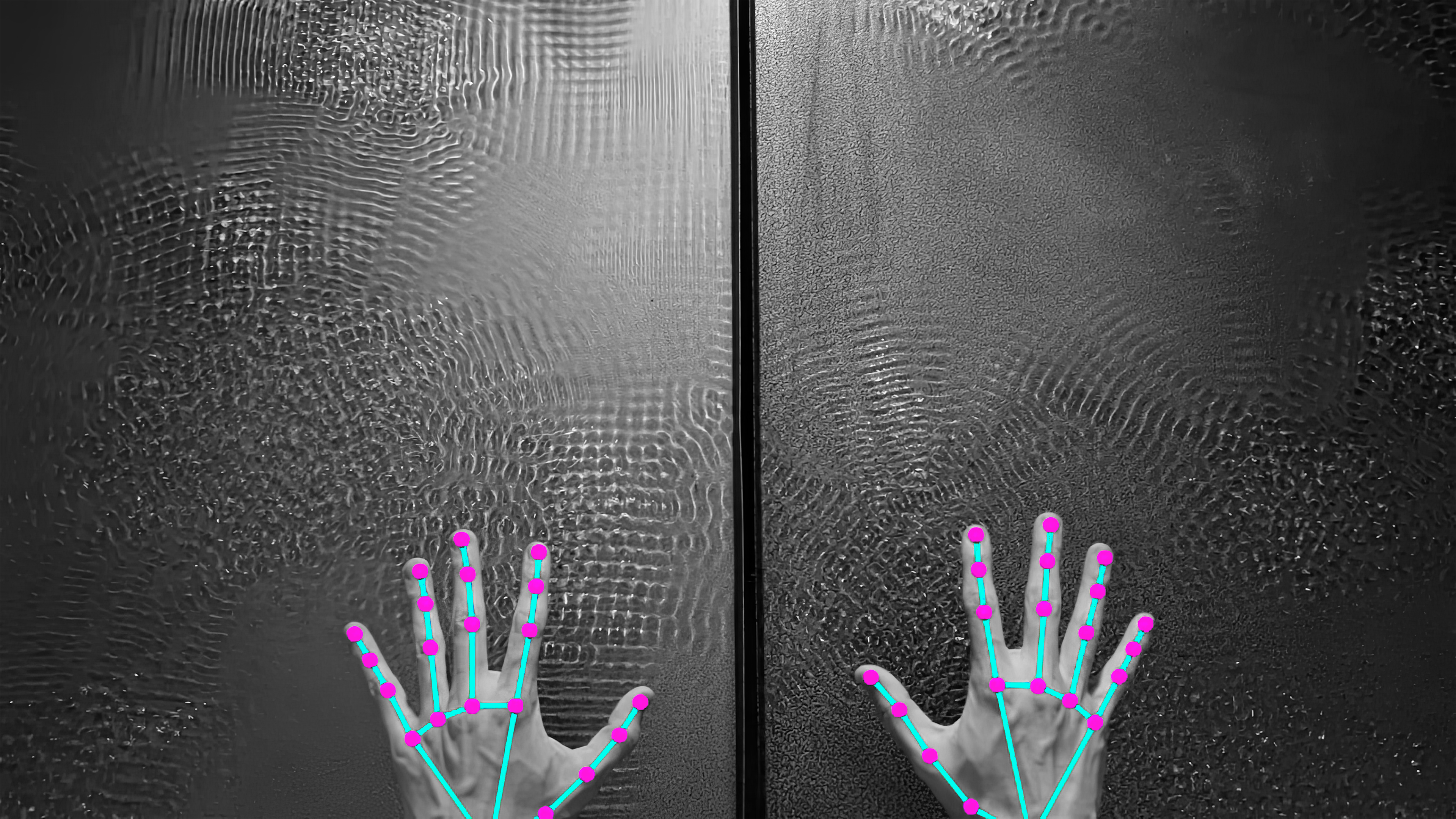"4D Printing": Temperature-Activated Shape Morphing
.jpg)
Tools and Materials
For this experiment, I used the following setup:
- Printer: Bambu Lab 3D printer
- Modeling: Rhino and Grasshopper for parametric design
- Materials: PLA (0.6mm) and TPU (0.2mm)
Inspired by the Morphing Matter Lab's flower project, I explored "4D printing" techniques that enable materials to transform their shape in response to environmental stimuli. In this experiment, I utilized a combination of PLA (Polylactic Acid) and TPU (Thermoplastic Polyurethane) to create structures that self-morph when activated by hot water above 70°C.
Experimental Process and Results
Initial Tests
Initial experiments with basic geometric patterns to test the shape-morphing behavior.
Short-Edge Ribbed Version
Adding short-edge ribs to the design. The transformation was less pronounced in this version, providing insights into the relationship between structural design and morphing effectiveness.
Extended Strip Design
Elongated strip design showing more dramatic transformation, demonstrating how the length-to-width ratio affects morphing behavior.
Two-Piece Connected Design
Innovation in design: incorporated small holes during printing to connect two pieces with fishing line, enabling coordinated transformation.
Three-Piece Connected Assembly
Advanced version connecting three pieces with fishing line, exploring more complex collective morphing behaviors.
Single-Piece Integration
Final exploration: single-piece design. While more time-consuming to print (14 hours in vertical orientation), I optimized the print time by rotating the model horizontally.
Novel 3D Scanning: AI-Powered World Generation
The generated 3D point cloud data can be visualized and manipulated in Blender and other 3D software applications. This workflow demonstrates the exciting bridge between AI-generated content and traditional 3D modeling, offering new possibilities for rapid prototyping and creative exploration.


In an experimental approach to 3D scanning, I explored an innovative AI-powered tool that can generate entire 3D worlds from a single image input. Using the image shown above, the system created a surreal yet fascinating 3D environment. This represents a departure from traditional photogrammetry methods, showcasing how AI is revolutionizing our approach to 3D model generation. While the results might appear unconventional, they open up interesting possibilities for artistic interpretation and rapid 3D world creation.